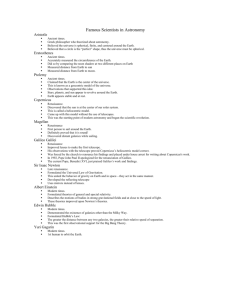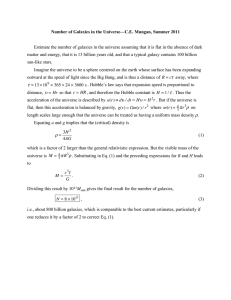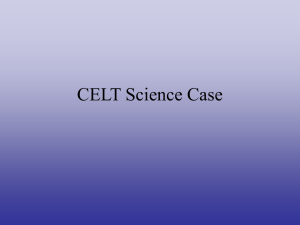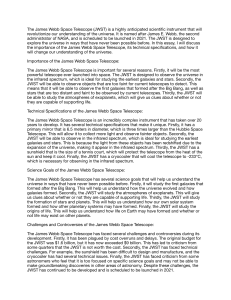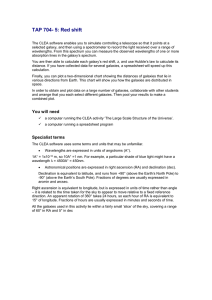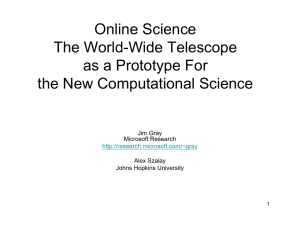Seminar schedule for 2011-2012 First Light in the Universe:
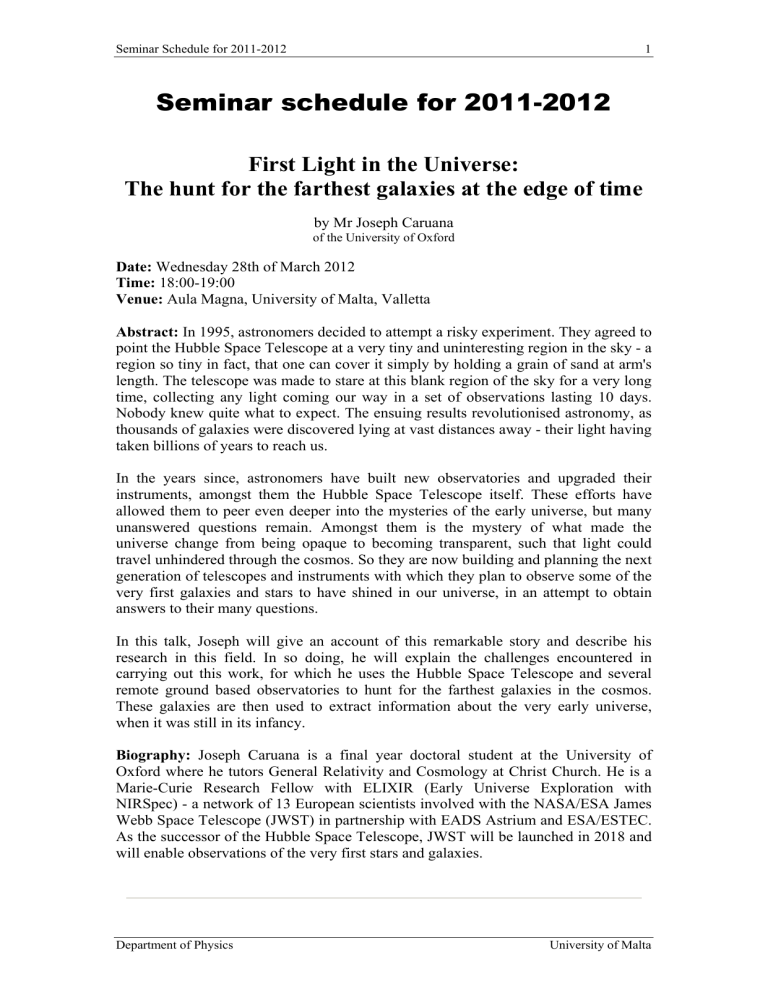
Seminar Schedule for 2011-2012
Seminar schedule for 2011-2012
1
First Light in the Universe:
The hunt for the farthest galaxies at the edge of time
by Mr Joseph Caruana of the University of Oxford
Date: Wednesday 28th of March 2012
Time: 18:00-19:00
Venue: Aula Magna, University of Malta, Valletta
Abstract: In 1995, astronomers decided to attempt a risky experiment. They agreed to point the Hubble Space Telescope at a very tiny and uninteresting region in the sky - a region so tiny in fact, that one can cover it simply by holding a grain of sand at arm's length. The telescope was made to stare at this blank region of the sky for a very long time, collecting any light coming our way in a set of observations lasting 10 days.
Nobody knew quite what to expect. The ensuing results revolutionised astronomy, as thousands of galaxies were discovered lying at vast distances away - their light having taken billions of years to reach us.
In the years since, astronomers have built new observatories and upgraded their instruments, amongst them the Hubble Space Telescope itself. These efforts have allowed them to peer even deeper into the mysteries of the early universe, but many unanswered questions remain. Amongst them is the mystery of what made the universe change from being opaque to becoming transparent, such that light could travel unhindered through the cosmos. So they are now building and planning the next generation of telescopes and instruments with which they plan to observe some of the very first galaxies and stars to have shined in our universe, in an attempt to obtain answers to their many questions.
In this talk, Joseph will give an account of this remarkable story and describe his research in this field. In so doing, he will explain the challenges encountered in carrying out this work, for which he uses the Hubble Space Telescope and several remote ground based observatories to hunt for the farthest galaxies in the cosmos.
These galaxies are then used to extract information about the very early universe, when it was still in its infancy.
Biography: Joseph Caruana is a final year doctoral student at the University of
Oxford where he tutors General Relativity and Cosmology at Christ Church. He is a
Marie-Curie Research Fellow with ELIXIR (Early Universe Exploration with
NIRSpec) - a network of 13 European scientists involved with the NASA/ESA James
Webb Space Telescope (JWST) in partnership with EADS Astrium and ESA/ESTEC.
As the successor of the Hubble Space Telescope, JWST will be launched in 2018 and will enable observations of the very first stars and galaxies.
Department of Physics University of Malta
Seminar Schedule for 2011-2012
Seismic hazard and local site response evaluation: issues and case studies
by Professor G. Lombardo of the University of Catania, Italy
Date: Wednesday 30th of November 2011
Time: 14:30-15:30
Venue: Room 119 of the Lecture Centre
2
Department of Physics University of Malta
